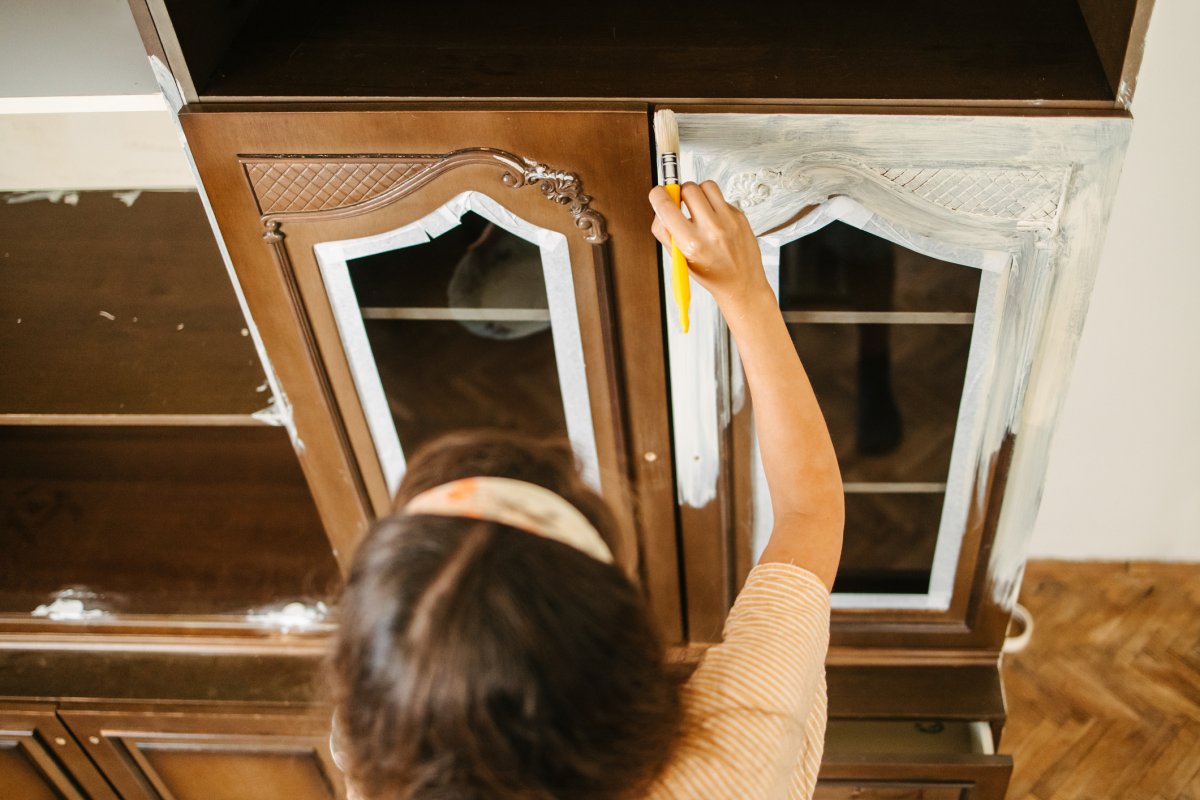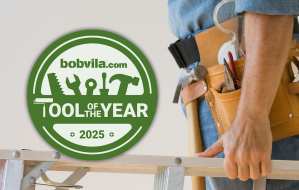

We may earn revenue from the products available on this page and participate in affiliate programs. Learn More ›
Just when you didn’t think prices could go up anymore, we’re about to see implementation of a cabinet tariff that will hike kitchen cabinet prices. The U.S. Commerce Department recently ordered significant new tariffs on wood and various wooden products, including imported lumber, timber, kitchen cabinets, and upholstered furniture.
Starting on October 14, 2025, there will be a 10 percent tariff on all timber and lumber imports, plus a 25 percent tariff on kitchen cabinets and furniture. By January 1, 2026, the tariffs on kitchen cabinets are slated to double to 50 percent. This is on top of other tariffs already in force and will only add to the current high prices for homebuilding and furnishings, further increasing construction and renovation costs, according to the National Association of Home Builders.
If your kitchen cabinets look outdated; have improperly functioning doors; or have peeling, flaking, or blistering paint, you might be in the market for a cabinet makeover. Here we’ll look at alternative ways to revamp your kitchen cabinets so you can avoid the high cost of installing brand new ones.

Refinish existing cabinets.
Refinishing, which entails switching the color of existing cabinet doors and drawers, costs much less than purchasing new cabinets, even without tariffs. This is a great option if your cabinets are in decent condition and you are happy with their current style and layout. Removing the current finish, sanding, and then applying fresh paint or stain on the surface can create a new look and aesthetic in the room. Here are a few different refinishing options:
Staining
If you are interested in retaining the wood grain of your current cabinets, then staining is a terrific option. This process involves stripping the existing stain and finish, sanding down the wood, and applying a new stain.
Painting
Another popular approach is to paint cabinets, which gives you the flexibility to choose from endless colors to transform the look of your kitchen. Just keep in mind that painting cabinets requires a big time commitment since it could take weeks to complete the project.
Glazing, Varnishing, or Shellacking
These finishes are applied on top of paint or natural wood to protect it from damage. Glaze creates an antique patina look, while varnish and shellac seal the wood and provide a natural finish.

Reface current cabinets.
Although refacing cabinets costs more than refinishing them, it’s still a helpful way to save money on a kitchen renovation or cabinet revamp. In fact, refacing often costs up to 80 percent less than installing brand-new cabinets. This tactic involves removing the existing cabinet doors and drawer fronts to install new ones. You’ll be able to choose a new profile for your cabinet doors in addition to a different wood species, stain color, and finish option. This works well if the cabinet boxes are in good condition and you are happy with the current layout.
Purchase used cabinets.
For an eco-friendly and money-saving option under cabinet tariffs, explore buying used cabinets or finding someone giving them away for free. You might be able to find a treasure trove of wood cabinets, hinges, knobs, pulls, and glass doors.
Before loading up these items, consider the style and design; make sure they fit based on your measurements; examine the finish; and confirm the material they are made out of, keeping in mind that solid wood cabinets are more durable. Also, be sure to check for durability by opening and closing doors and drawers to see how they function and look for any signs of wear or damage, such as cracks, loose hinges, or broken handles.
Here are some common places to find used kitchen cabinets:
- Flea markets and garage sales.
- Online marketplaces like Craigslist, Facebook Marketplace, eBay, OfferUp, Nextdoor, and Freecycle.
- BuyNothing groups that include hyper-local, ongoing classified ads where everything is offered and received for no cost.
- Furniture consignment and thrift stores.
- Habitat for Humanity ReStores that sell used building materials typically donated by professional and DIY remodelers. The profits go to a worthy charitable cause—Habitat For Humanity.
- Architectural salvage yards.
- Local kitchen showrooms clearing out displays to make room for new products.

Consider some cosmetic upgrades.
If you’re looking to jazz up your current cabinets without a major project or investment, try one or more of these simple DIY fixes:
- Install under-cabinet lighting.
- Swap out cabinet hardware.
- Add framing or trim details.
- Install glass door inserts.
- Replace cabinet hinges.
- Update the interior by adding decorative liners or wallpaper to the inside of the cabinet backs.
- Incorporate decorative touches through stencils, chalkboard paint, and wood appliques.
- Add decorative toe kicks.
Try a totally new approach.
If your cabinets are in poor shape or you are craving a completely new vibe, then consider replacing cabinets with open shelving or floating shelves; repurposing freestanding furniture like an old China cabinet, dresser, armoire, or sideboard; using vintage wooden shipping containers or farm cabinetry for a rustic feel; installing vintage lockers; or creating a sliding barn-door pantry.
